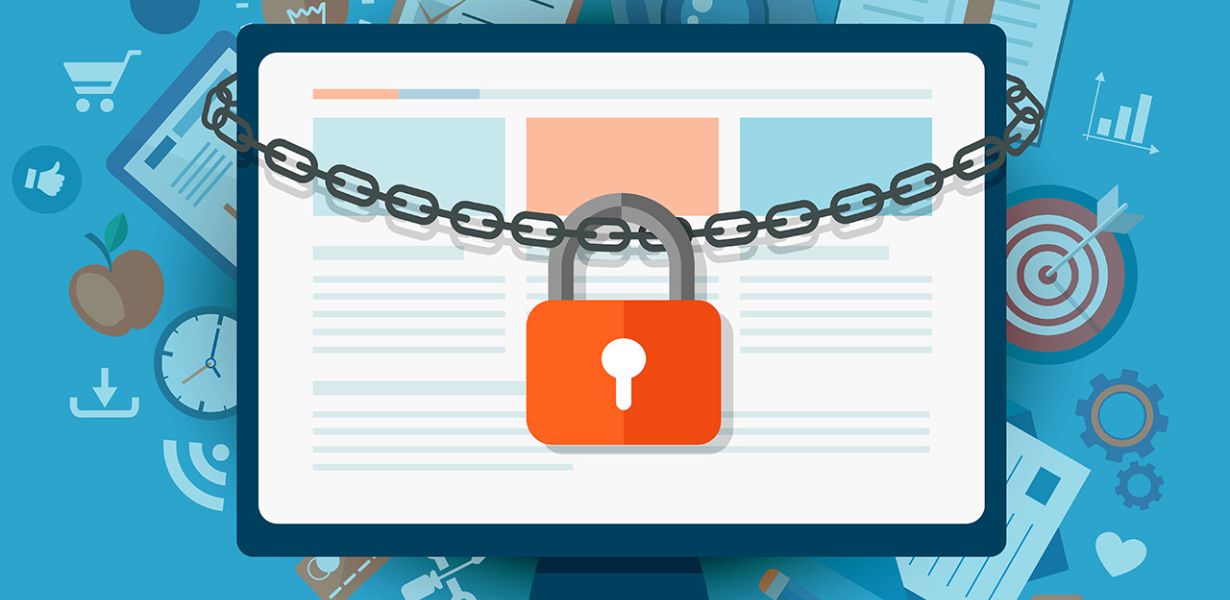
Safeguarding jQuery Projects: Best Practices for Ensuring Security and Data Privacy
- Post
- August 5, 2023
- JavaScript, jQuery, Web Development
- 0 Comments
In today’s digital landscape, jQuery has emerged as a powerful and widely-used JavaScript library that simplifies web development and enhances user experience. However, with the increasing reliance on jQuery for building dynamic websites and applications, the importance of safeguarding jQuery projects cannot be overstated. Security and data privacy are paramount concerns that developers and businesses must address to protect their users and maintain their reputation.
Understanding the Significance of jQuery Security
Ensuring the security of jQuery projects begins with understanding the significance of this issue. jQuery is a client-side scripting library, meaning it is executed on the user’s browser. As a result, malicious actors can exploit vulnerabilities in the code to compromise user data, inject harmful scripts, or launch attacks on the server-side.
To counter these threats, developers must stay informed about potential risks and adopt best practices for securing their jQuery projects effectively.
Keeping jQuery Up-to-Date
One of the fundamental aspects of jQuery security is using the latest version of the library. jQuery’s developers frequently release updates that include patches for known vulnerabilities and improved security features. By regularly updating to the latest version, developers can ensure their projects are fortified against potential exploits.
Validating User Inputs
A significant portion of security breaches stem from inadequate validation of user inputs. Sanitizing and validating inputs helps prevent malicious code injections, such as SQL injection and Cross-Site Scripting (XSS) attacks. Utilizing jQuery functions for input validation can enhance the security of your applications significantly.
Implementing Content Security Policy
Content Security Policy (CSP) is an essential defense mechanism against Cross-Site Scripting attacks. By defining a robust CSP, developers can control which sources of content are allowed to be executed, reducing the risk of unauthorized script execution.
Avoiding Direct DOM Manipulation
Directly manipulating the Document Object Model (DOM) using jQuery can lead to security vulnerabilities. Instead, employing safer alternatives such as jQuery’s methods and selectors can help mitigate potential threats.
Utilizing HTTPS for Secure Communication
Securing communication between clients and servers is crucial in safeguarding user data. Using HTTPS instead of HTTP ensures that data transmitted between the user’s browser and the server remains encrypted and protected from eavesdropping and tampering.
Validating and Escaping Output
In addition to input validation, output validation is equally vital in preventing security breaches. Developers should ensure that user-generated content is thoroughly validated and escaped before being displayed on web pages to thwart any attempts at injecting malicious code.
Leveraging Content Delivery Networks (CDNs)
CDNs offer several benefits, including improved performance and availability. By utilizing reputable CDNs for jQuery and other JavaScript libraries, developers can benefit from their built-in security measures and ensure users receive authenticated and untampered scripts.
Emphasizing Role-Based Access Control (RBAC)
Role-Based Access Control (RBAC) is an indispensable component of any secure application. Implementing RBAC ensures that only authorized users have access to specific functionalities and data, reducing the attack surface for potential threats.
Regular Security Audits and Penetration Testing
Performing regular security audits and penetration testing can help identify vulnerabilities and weaknesses in your jQuery projects. Hiring security experts to conduct thorough assessments can reveal potential flaws that may have been overlooked during development.
Final Words
Safeguarding jQuery projects is not just a good practice; it’s a necessity in today’s cyber threat landscape. By staying updated, implementing best practices, and emphasizing security from the development stage, developers can build robust and secure applications that protect user data and ensure privacy.
Commonly Asked Questions:
1Q: Is jQuery still relevant in modern web development?
A1: Yes, jQuery remains relevant as it simplifies tasks and provides cross-browser compatibility for JavaScript development.
Q2: Can I rely on jQuery for security, or should I use other libraries?
A2: While jQuery offers some security features, it’s crucial to adopt additional security measures and use other security-focused libraries when necessary.
Q3: How can I know if my jQuery project has security vulnerabilities?
A3: Regular security audits, code reviews, and penetration testing can help identify and address potential vulnerabilities.
Q4: Are there any security risks associated with using external jQuery plugins?
A4: Yes, using untrusted or outdated external plugins can introduce security risks. Always use reputable and well-maintained plugins.
Q5: Can I use jQuery alongside other JavaScript frameworks?
A5: Yes, jQuery can coexist with other frameworks, but developers should be cautious to avoid potential conflicts and performance issues.




